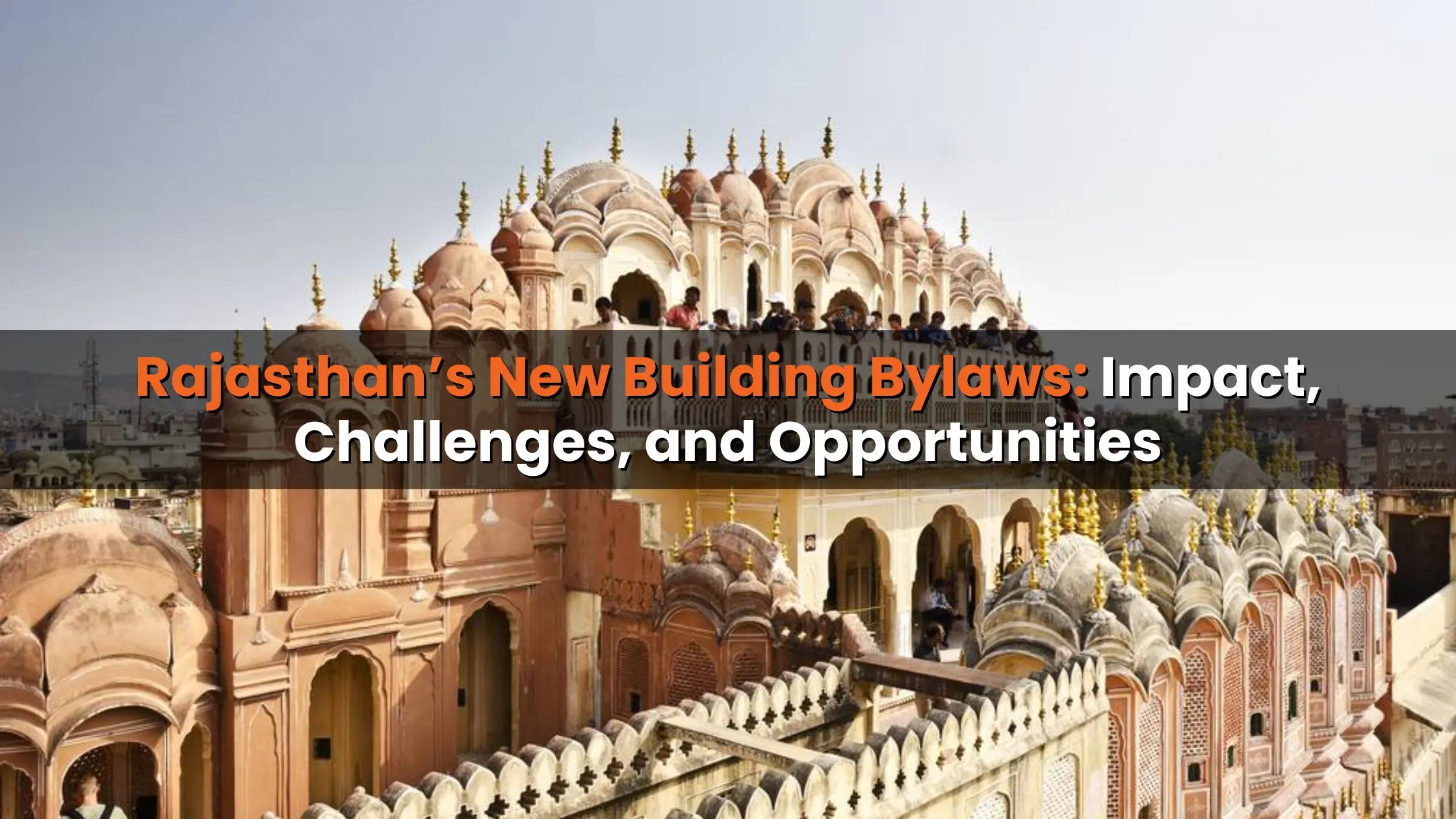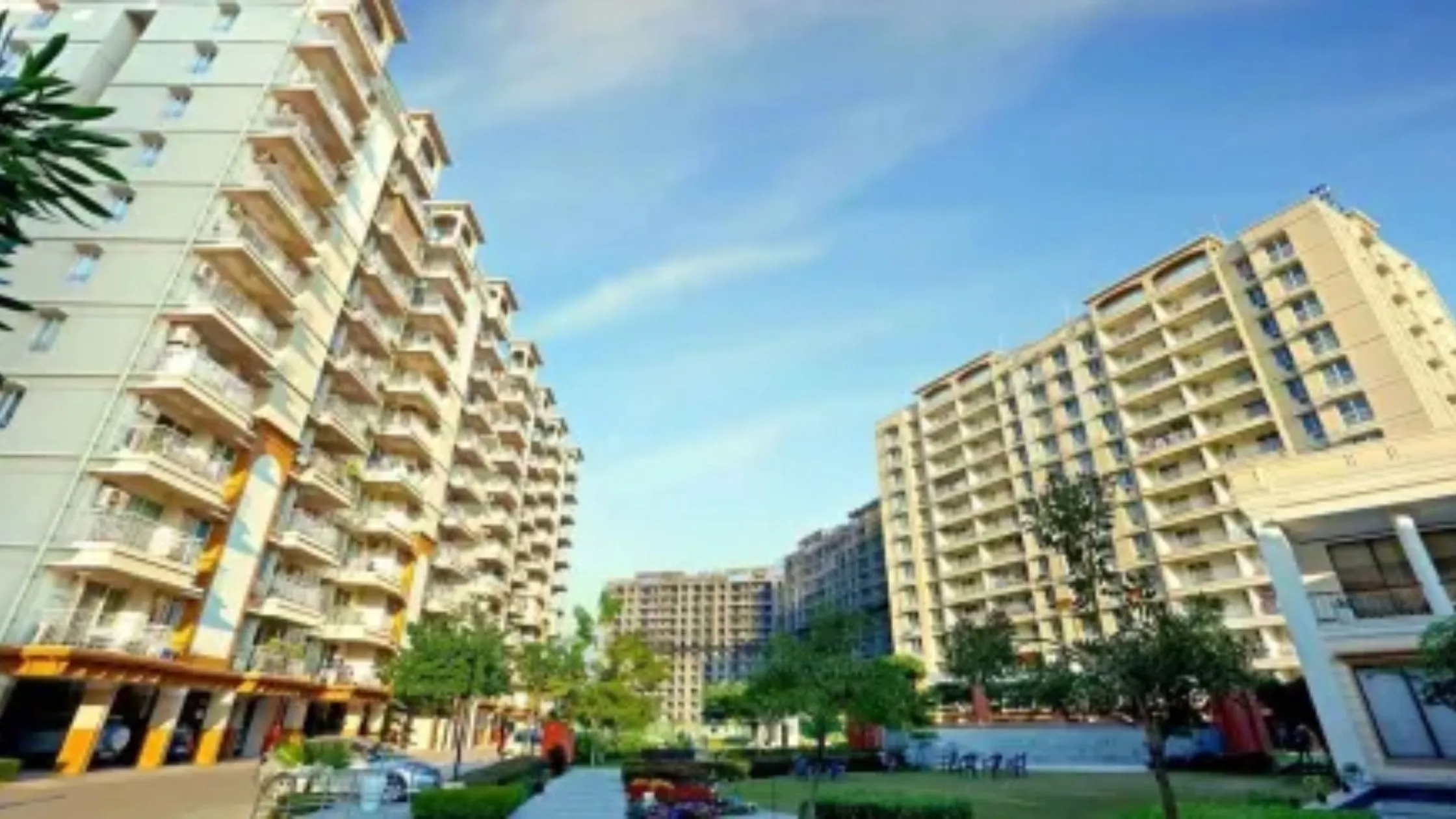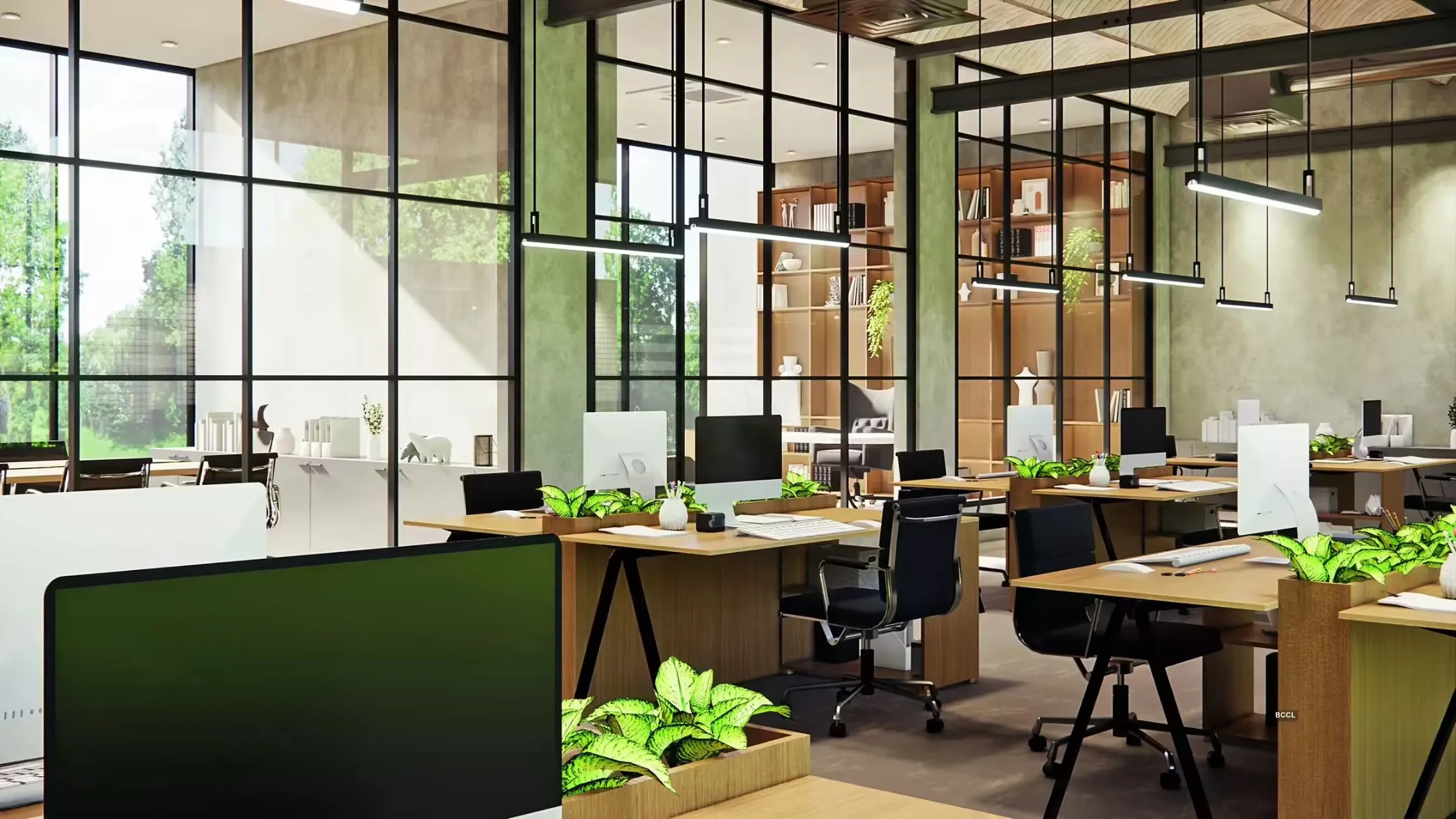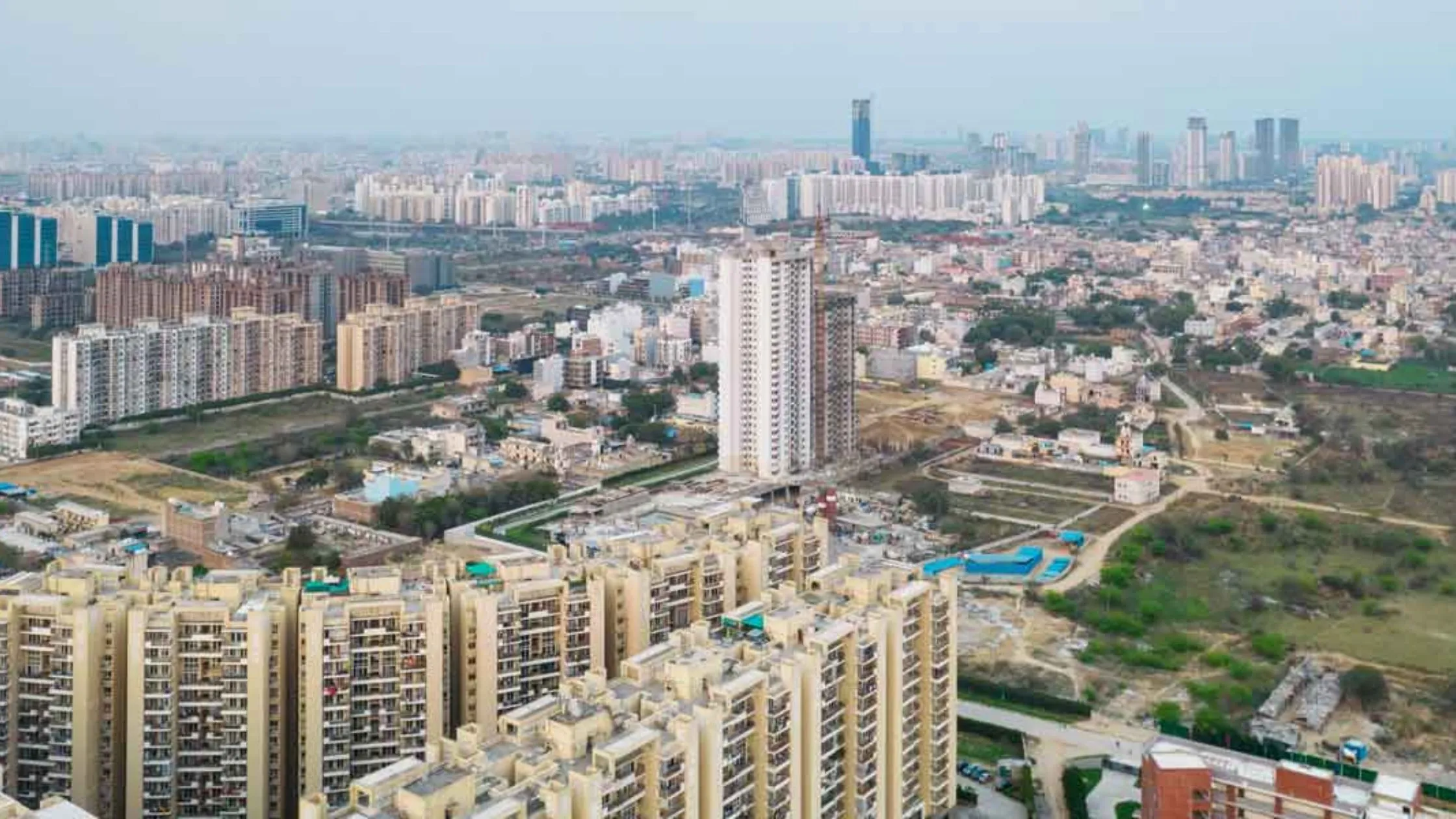Table of Content
Rajasthan’s urban landscape is undergoing a major transformation with the introduction of new building bylaws. Designed to streamline urban development and align with modern housing needs, these updated regulations are poised to influence construction activity in cities like Jaipur, Jodhpur, Kota, and Udaipur. From smaller plots to large-scale townships, the Rajasthan new building bylaws aim to balance growth with sustainability, efficiency, and inclusivity.
In this article, I’ll break down how these changes could reshape real estate development across the state while also pointing out the challenges and long-term opportunities they bring.
Empowering Small Plot Owners
One of the most progressive aspects of the Rajasthan new building bylaws is the relaxation of setback and coverage norms for smaller residential plots. Owners of plots between 45 and 180 square metres now have greater flexibility in how they can use their land.
For instance, ground coverage limits have been eased, allowing homeowners to construct more usable space without worrying about excessive setbacks. Height restrictions have also been adjusted, opening doors for an additional floor or two, depending on the size of the plot and the road width.
This move significantly benefits middle-class families and small-scale developers who previously found the older norms too restrictive or cost-prohibitive. It’s a clear step toward making housing more accessible and customisable in Rajasthan’s growing towns.
Also Read: DDA to Launch Premium Housing Scheme 2025 in August with Almost 250 Flats and Garages
Revamp of Group Housing Norms
The new bylaws also update parameters for group housing projects such as minimum plot sizes, parking space provisions, and internal circulation. These changes make room for more efficient and practical layouts, particularly in urban areas where land is scarce.
By rationalising space requirements and aligning them with present-day needs, the bylaws encourage the creation of well-planned, medium-density housing complexes that can serve working families, students, and migrants alike. It’s expected that this will spur investment in group housing in tier-2 cities like Ajmer, Bikaner, and Bhilwara.
Boost to Integrated Township Planning
In a significant push for self-sustaining communities, the Rajasthan new building bylaws include clear planning norms for townships. These guidelines cover internal road widths, allocation of green and open spaces, and requirements for public utilities like sewage treatment, water harvesting, and community services.
The idea is to promote planned, mixed-use developments that don’t just offer housing, but provide a complete lifestyle ecosystem. Developers with large land banks now have a clearer regulatory path to create township-style projects that meet both market demand and civic expectations.
Emphasis on Urban Design and Faster Approvals
Clarity is one of the biggest wins from these new rules. By reducing ambiguities in land use, zoning, and permissible construction parameters, the new building bylaws are expected to shorten the approval timeline for new projects.
Developers, architects, and urban planners can now design buildings with more certainty, leading to better-planned and more innovative projects. It also means that government bodies can assess and approve proposals more efficiently, reducing project delays and improving investor confidence.
Push for Sustainability and Green Buildings
Given Rajasthan’s water stress and climatic conditions, the state’s move to promote sustainable development is a welcome one. The new rules encourage the use of green building techniques such as solar energy integration, rainwater harvesting systems, and eco-friendly materials.
By incentivising builders to adopt these practices, Rajasthan is aligning its real estate sector with long-term environmental goals. This not only reduces operational costs for residents but also contributes to a more climate-resilient urban ecosystem.
Also Read: Greater Noida Plots Near Airport Up for Auction, Top Price ₹152 Crore
Challenges to Be Addressed
Despite its progressive outlook, the successful implementation of these building bylaws will depend on how well different government agencies, local authorities, and private stakeholders coordinate on the ground.
Builders and architects may require time to understand and adapt to the new rules. Similarly, enforcing compliance across hundreds of municipalities and local development bodies could pose practical hurdles. Regular training, digital monitoring, and public awareness will be essential to avoid regulatory missteps.
Conclusion
The Rajasthan new building bylaws represent a timely intervention in a state experiencing rapid urban growth. By empowering small homeowners, enabling township development, and promoting eco-conscious construction, the state government has laid the groundwork for smarter, more liveable cities.
However, the journey from regulation to on-ground reality will depend on consistent enforcement and collaboration among stakeholders. If implemented effectively, these new norms could become a model for other Indian states looking to reform their urban development policies.
For real estate developers, architects, and prospective homeowners, this is a moment of opportunity and responsibility to build a more inclusive and sustainable future for Rajasthan.
Follow AquireAcers Whatsapp Channel to Stay Updated With The Latest Real Estate News








Ans 1. Rajasthan's new building bylaws are a revised set of urban planning and construction guidelines aimed at promoting modern, sustainable, and inclusive urban growth. They were introduced to replace outdated norms and better address the needs of expanding cities and towns.
Ans 2. The bylaws offer relaxed ground coverage and height norms for plots between 45 and 180 sq. m., making it easier for small homeowners to build more usable space without facing strict setback limitations. This opens up affordable housing opportunities for middle-class families.
Ans 3. Yes, the revised norms simplify parameters for group housing and integrated townships, improving layouts, parking, and green space requirements. This is expected to attract more developers to plan self-sustained communities in tier-2 cities.
Ans 4. They actively promote green building features like solar energy systems, rainwater harvesting, and eco-friendly materials. This shift not only benefits the environment but also helps reduce long-term living costs for residents.
Ans 5. The biggest challenges lie in consistent enforcement, coordination across local bodies, and ensuring stakeholders fully understand the new norms. Without proper training and digital monitoring, implementation may face delays or confusion.